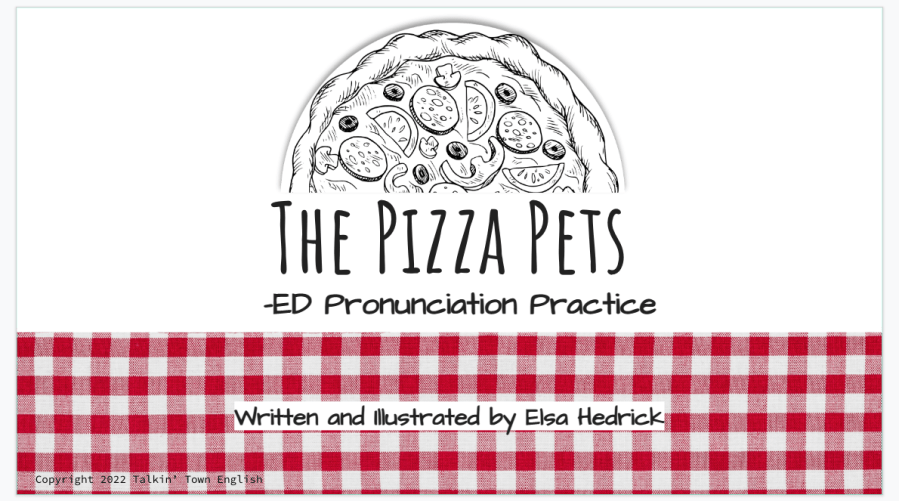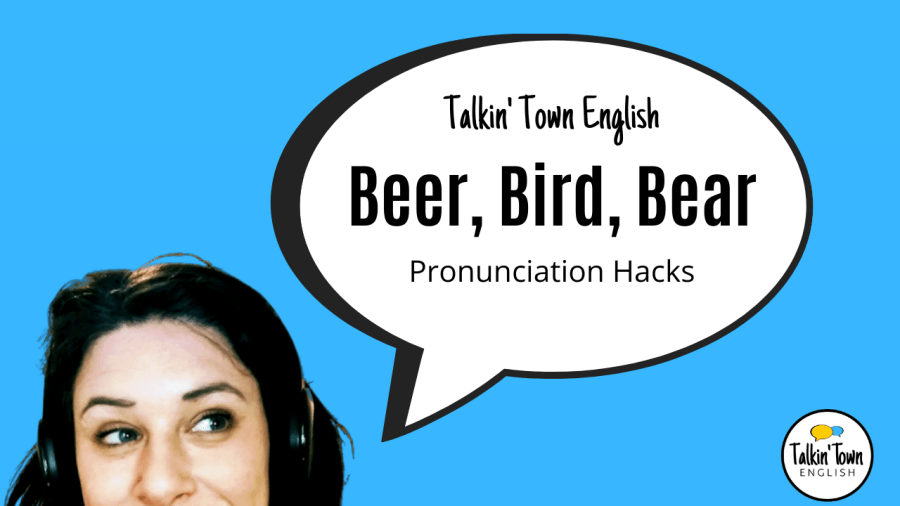Tag: Pronunciation
Target Pronunciation: How To Pronounce -ED Words in English
Alternate Endings The pronunciation of words ending in -ed in English can be really confusing.…
How To Pronounce the GH sound in English: 14 Tough Words To Practice
This month's post teaches you how to pronounce the -gh sound in English. You've probably…
3 Confusing Verbs and How To Pronounce Them: Feel, Fall, and Fill
Three verbs that are often confusing for English students are feel, fall, and fill, especially…
8 Words in English Difficult To Pronounce for Non-Native Speakers
English is not an easy language to pronounce! If you're having trouble with your tongue,…






